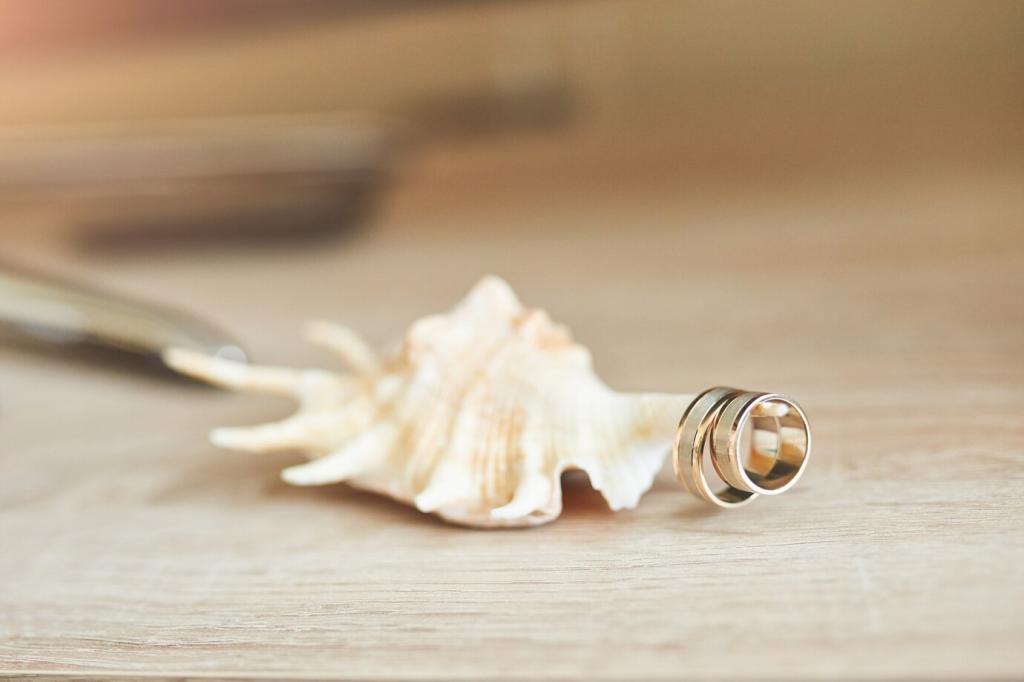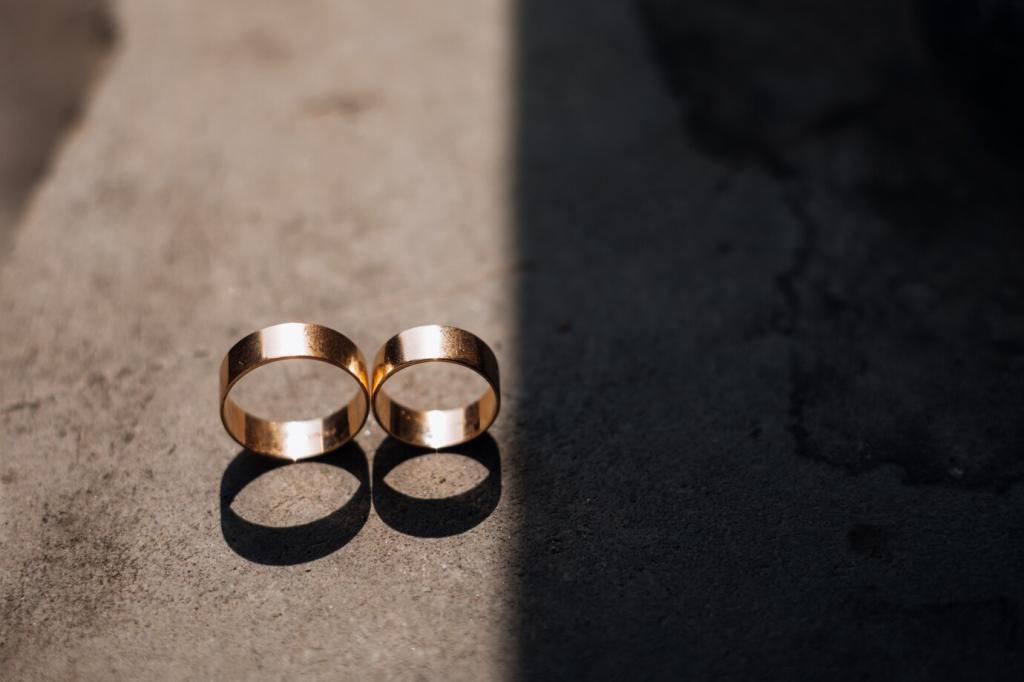
Material Matters: Comparing Metal Smart Rings to Gold Rings
Today’s chosen theme: Material Matters: Comparing Metal Smart Rings to Gold Rings. Step into a tactile exploration of alloys, sensors, luster, and legacy—how materials shape not just how rings look, but how they live with us. Join the conversation, share your preferences, and subscribe for deep, human stories at the intersection of craft and technology.
The Science Under the Shine
Gold rings are typically 14k or 18k, balancing beauty with strength by alloying gold with copper, silver, or palladium. Smart rings often favor titanium or stainless steel for toughness and antenna stability. Each choice reflects intent: adornment, data, or a delicate balance of both.
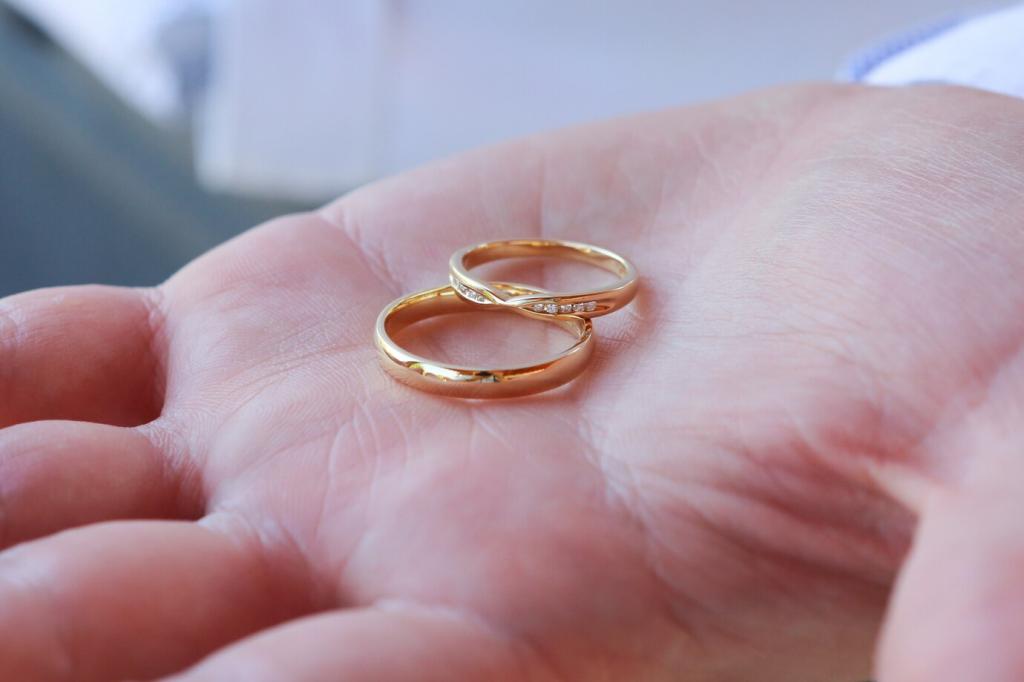
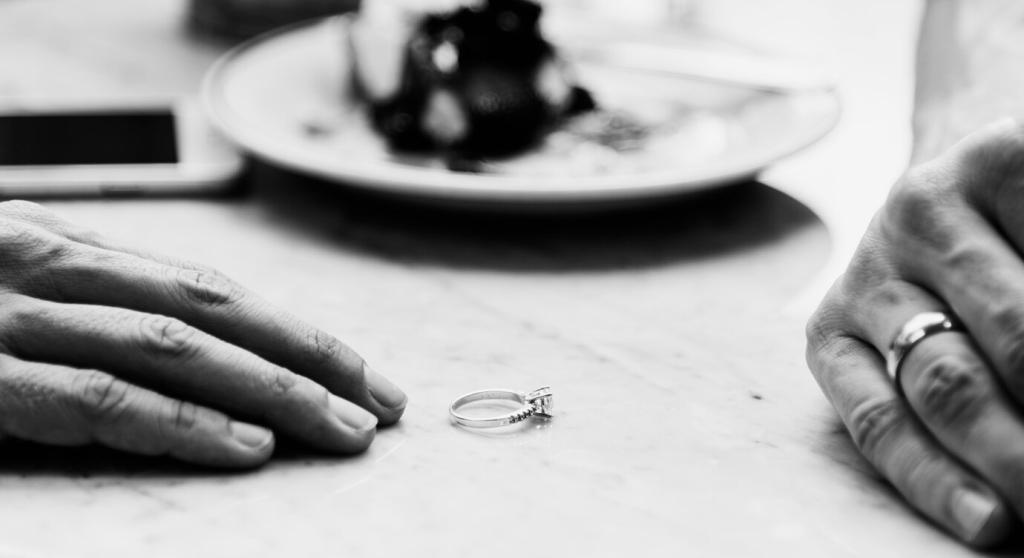
The Science Under the Shine
In smart rings, metal housings can shield or assist antennas, while interior coatings protect sensors that read blood oxygen, temperature, or movement. Gold conducts electricity well but is rarely used as the structural shell for wearables. Engineers tune materials so readings stay accurate, even during everyday chaos.
Durability in Daily Life
Hardness and Scratch Resistance
Stainless steel and titanium resist scratching better than soft, high-karat gold, which prefers gentle wear. Many smart rings add ceramic or DLC coatings to toughen surfaces further. Gold’s beauty endures, but it appreciates a little kindness—polishing cloths and mindful moments away from granite edges.
Corrosion, Sweat, and the Shower Test
Sweat is salty, showers are soapy, and pools are chlorinated. Titanium shrugs off most moisture, while certain gold alloys can dull or pit over time if neglected. Thoughtful care—rinsing after workouts, drying thoroughly—keeps both smart metals and precious gold looking, and working, their best.
Impact, Deformation, and Real‑World Bumps
A commuter once clipped a subway pole, denting his softer gold band but leaving his steel smart ring unscathed. Metals deform differently: gold may bend, while harder alloys transfer force. If you’ve stress-tested your ring inadvertently, tell us what happened and how the material responded.
Aesthetics and Meaning
Timeless Luster vs. Tech Minimalism
Gold glows warmly under evening light, catching eyes at celebrations. Smart rings favor matte textures, stealth finishes, and discrete LEDs hidden in clean lines. Each visual language speaks to different moments: the vow, the workout, the meeting. Which voice belongs on your hand today?
Customization, Finishes, and Engraving
Gold welcomes hand engraving and intricate patterns that age with character. Smart rings often allow subtle personalization—finish colors, sizes, and etched initials—without compromising antennas or sensors. One reader engraved coordinates inside a titanium smart ring, blending romance with resolutely modern purpose.
Heritage, Symbolism, and Story
A grandmother’s gold band carries fingerprints of decades; it is time cast in metal. Smart rings create new rituals: sleep scores replacing morning guesswork, a tiny pulse reminding you to breathe. Both tell stories—one rooted in tradition, the other written in data. What story are you writing?
Hypoallergenic Choices and Skin Peace
Nickel-sensitive? Seek titanium smart rings or gold alloys mixed with palladium instead of nickel. Interior coatings on wearables add a barrier between sensors and skin. A reader who reacted to fashion jewelry found calm wearing a palladium-alloy gold band for ceremonies and a titanium smart ring for training.
Thermal Feel and Seasonal Fit
Metals cool quickly in winter and warm fast on skin. Titanium tends to feel less icy, while gold’s density gives a cozy, anchored sensation. Remember that finger size shifts with temperature; adjustable sizing kits for smart rings can help maintain sensor contact without pinching.
Haptics, Vibration, and Awareness
Smart rings use delicate vibrations to deliver notifications or nudge habit changes. The casing material shapes how those haptics feel—crisp in steel, muted in thicker shells. If you rely on gentle reminders to stretch or stand, tell us which material delivered the most pleasant nudge.
Sustainability and Lifecycle
Recycled gold reduces mining demand, while responsibly sourced alloys support better labor and environmental practices. Smart rings can use recycled steels, yet include electronics that complicate end-of-life decisions. Ask brands about sourcing and recovery programs; curiosity is a powerful sustainability tool.
Batteries age. Look for smart rings with robust charging cycles and support for repairs or trade-ins. Gold rings shine for decades with simple polishing and resizing. Planning for maintenance—digital or analog—keeps cherished items active instead of forgotten in drawers.
Gold’s value often endures materially and emotionally, passing between generations. Smart rings deliver health insights today that may reshape habits for years. Consider total return: memories, motivation, and meaning. Which investment pays you back in the currency you care about most?
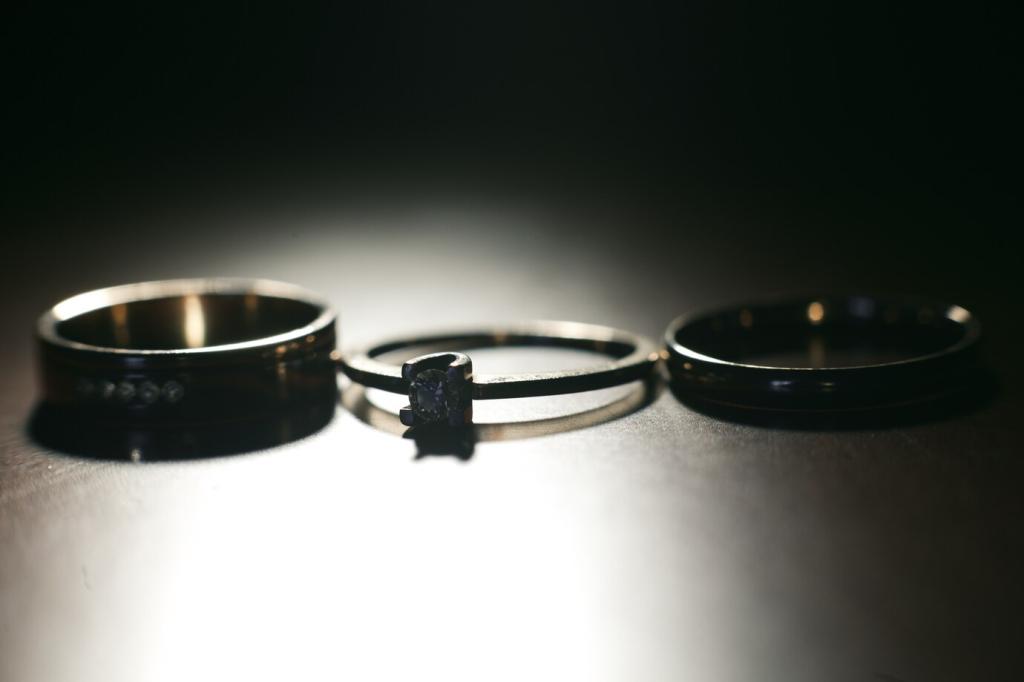
Use Cases and Lived Stories
A marathoner chose a titanium smart ring for resilience, sleep tracking, and barely-there feel during tempo runs. The ring survived rain, gels, and medal ceremonies, quietly coaching recovery. She still wears a gold band on rest days to mark victories beyond finish lines.
Use Cases and Lived Stories
A couple exchanged 18k gold rings, then added matching smart rings months later to navigate stress before a new job. The gold marked vows; the smart rings guided healthier routines. Two materials, one shared life—beauty and data pulling in the same direction.

